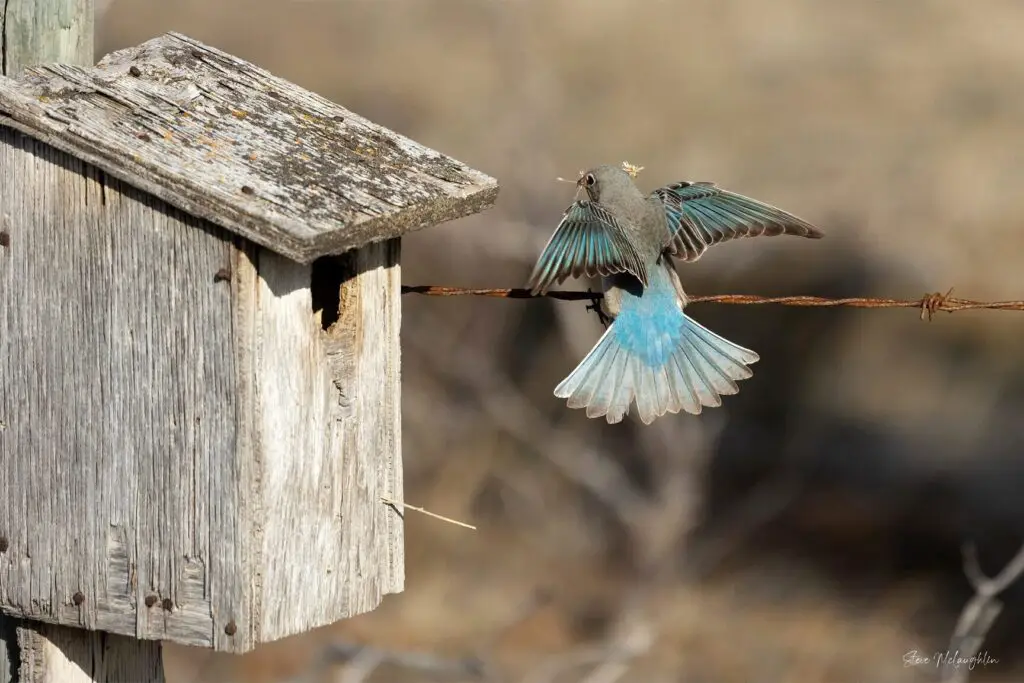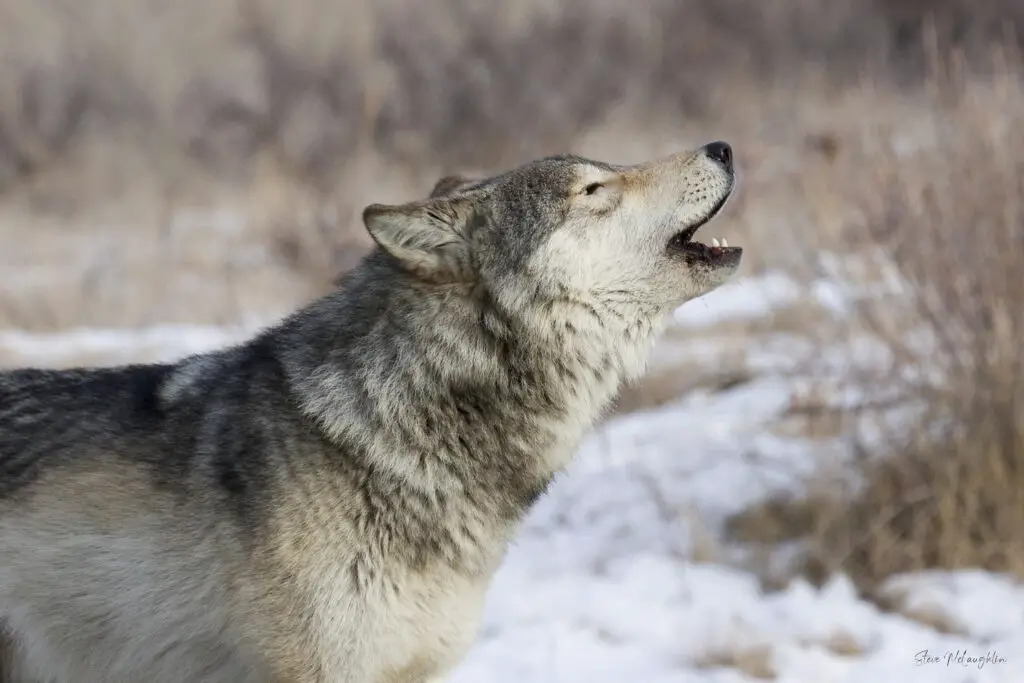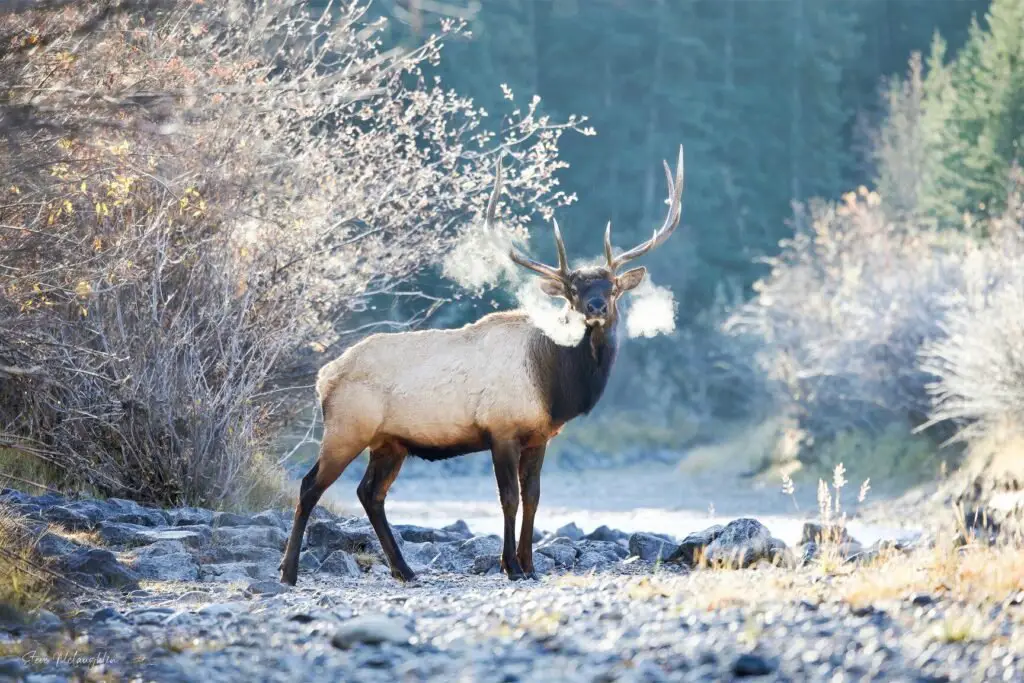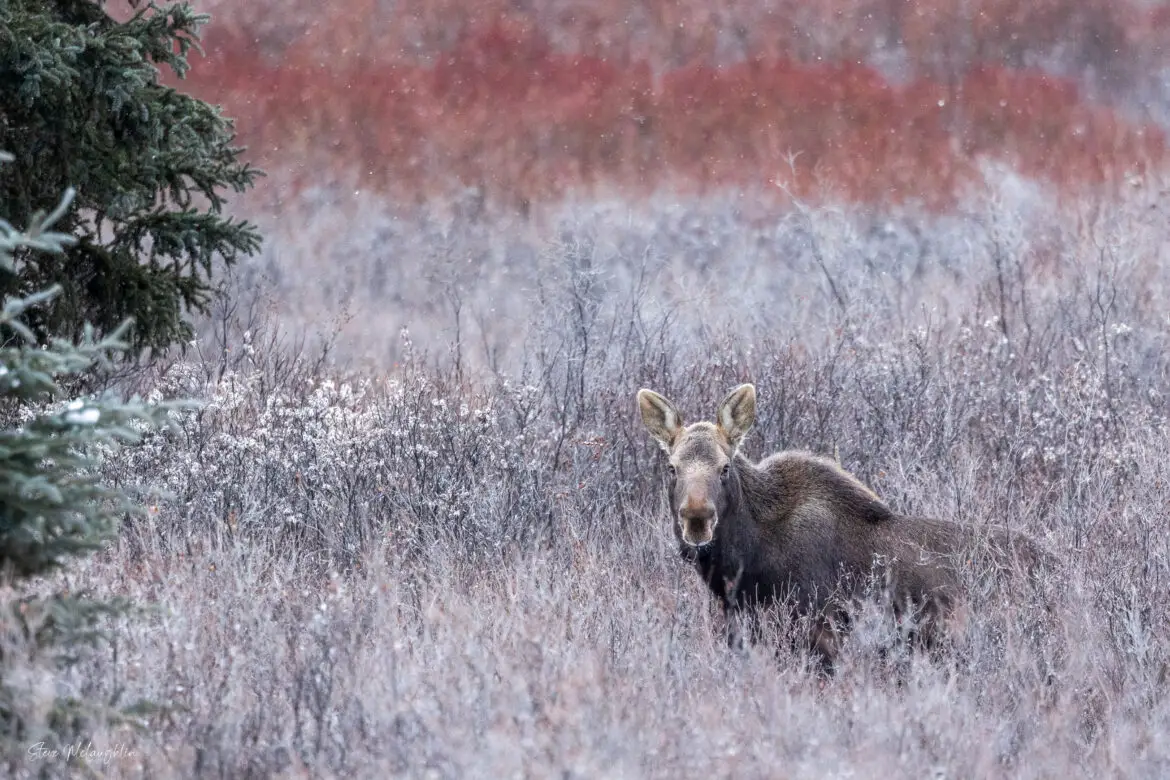One of the most important skills for any wildlife photographer to develop is how to observe and capture images of animals without causing unnecessary stress or altering their natural behavior.
After all, we want our photography to have as little impact as possible on the subjects we admire. The animal’s relaxed and natural look also shows through in the final photograph.
While it can be exciting to get close-up shots of elusive creatures, it’s critical that we prioritize their welfare over a photograph.
Not only is it an ethical part of wildlife photography, but disturbed animals will just run away! The key is learning how to blend into your environment, approach discreetly, and to keep your distance.
In this post, we’ll cover some essential techniques for photographing wildlife without disturbing them. With the right preparation and a little practice, you’ll be able to capture stunning photos while respecting your subjects’ space.
Read on to learn how to observe wildlife discreetly and get shots without causing stress or disruption.
Table of Contents
How to Tell that an Animal is Bothered
Animals will typically let you know that you’ve encroached on them, but the signs can range from subtle to obvious depending on the species.
These signs can tell you that an animal notices you, which isn’t necessarily a bad thing. Animals are incredibly perceptive, and in turn will speak to you without speaking! You will need to use your best judgment to determine if the animal is stressed.
- Ears rotating/turning in your direction: Many animals will pivot their ears to better hear and locate possible threats.
- Staring/looking directly at you: They’ve spotted you and their focus has shifted from their usual activities to monitoring the potential threat.
- Raised or erect body posture: Sign of heightened alertness rather than relaxed state. Tails may be raised.
- Increase in scanning/looking around: More frequently glancing around the area vs prolonged focus on eating/other behaviors.
- Cessation of activity: They stop what they were doing, like feeding or grooming, to pay attention to the source of intrusion.
- Retreating/moving away: Clear attempts to distance themselves from the thing causing unease, even if just a few steps back.
- Alarm calls/noises: Sounds like snorts, woofs, or other calls used as warning signals to others in the group.
- Herding of young: Parents drawing babies/offspring closer in a protective stance vs spread out grazing.
- Aggressive postures: For some species, threat displays like raised hackles, teeth baring, huffing or stomping signal to the intruder that the animal is ready to defend themselves if necessary.
Paying close attention to subtle body language and activity cues can help you pick up early on if your presence is unsettling to your wildlife subjects. These can be hints that it’s time to back away and give the animal more space.

Gear for Covert Wildlife Photography
It’s no secret that wildlife photography is an expensive hobby or career. Gear can make all the difference between getting the shot or not, particularly when it comes to lenses.
Camera: A basic DSLR or mirrorless camera with interchangeable lenses will suffice for most wildlife photography needs. If you’re caught between upgrading your camera or your lens, always opt for better glass! Certain models of camera are also quieter than others, and this should be a buying consideration.
Lens: Zoom lenses are a must for photographing certain animals. Lenses in the 70-300mm range allow you to photograph more curious animals like squirrels and birds in your back yard. For animals like wolves and bears, you’ll want more reach, such as a 500mm lens. You can also buy extenders for your lenses that will give you that extra bit of reach and distance from the animal while still capturing crisp, high resolution images. Image stabilization helps steady your shots handheld.
Tripod: A lightweight travel tripod or monopod helps keep your setup compact. It also allows camera movements to be slower and more imperceptible to subjects.
Binoculars: While your camera and lens can help you spot wildlife in a pinch, having a set of compact binoculars can be helpful for getting a quick assessment of your environment. They also allow you to assess animal behavior before photographing, and decide the best location to observe them from.
Clothing: Dress in subdued, earth tone colors that blend with your environment. Avoid bright and high-contrast patterns that draw attention. Consider the noise your clothing and gear makes as you walk around – especially your shoes! The goal is to minimize the noise (and even the smells) as much as possible.
Camouflage: Camouflage is not strictly necessary for wildlife photography, but as you get more serious you might think about investing in some. Camouflage gear like hats, coats, blinds or even a ghillie suit for concealment can help in open areas with little foliage.
That covers some of the basic photographic equipment considerations for being discreet when photographing wildlife. The right gear allows you to operate quietly and blend into your natural surroundings.
Choosing Your Location
One of the most straightforward ways to photograph wildlife without disturbing them is to choose a location that you know they frequent, sit and wait.
In choosing a location to settle down and possibly set up a tripod, here are a few things to consider:
Distance from the Animal
In wildlife photography, we face a conundrum. It’s safer for both us and the animal to keep our distance, but at the same time, the further away we are, the longer (and more expensive!) the lenses that are needed.
Image quality can degrade at a distance, even with top of the line lenses. Lens shake also makes it difficult to get a good, sharp photograph while carrying a heavy lens. Fortunately, there are lots of ways to compensate for this and still keep a safe distance.
Different species have different levels of comfort with intruders. You have probably noticed that animals like squirrels and chipmunks will sometimes even approach you, while other species are more flighty.
Owls are an example of a species that are particularly sensitive, and easily stressed out with having someone in their immediate space. Just because an owl doesn’t immediately take flight doesn’t mean that it is necessarily comfortable with you.
Distance should obviously be maintained between yourself and predators like coyotes, wolves and bears. Even if these animals seem comfortable with your presence and unlikely to attack, they can still be dangerous and unpredictable.
Acclimating predators too much to human presence can have devastating effects on these animals in the long term. A rule of thumb is to keep at least 300 feet (100 meters) away from predators – and more is better. Use your best judgment and if the animal seems agitated, move away.
Many animals like elk and deer can seem docile, but will defend themselves if provoked. Pay close attention to their body language as well.
Wind direction
Typically, you want to position yourself down wind of the animal (if possible) to make it harder for them to pick up your scent.
Wolves can smell up to 2.5km away, while bears are said to be able to smell up to 20km away depending on weather conditions!
Obviously this can be hard to do, especially if you haven’t spotted any wildlife yet.

They’re almost always aware of my presence even when I’m positioned nearly a kilometer away.
Light source
Consider the direction of the sun in relation to yourself and your subject before you pick a spot to camp out.
- Midday sun can create harsh black shadows that are sometimes unavoidable, especially when the sun is right overhead. Often times wildlife will try to stay cool in shadowy areas, like underneath trees. This can work in your favor on bright sunny days, because the shadows create a more even lighting situation.
- Having your subject lit from the side can make for flattering and interesting photos. This is a good situation to shoot in, particularly around golden hour in the evenings before sunset. Early morning also typically produces favorable lighting conditions to photograph wildlife in.
- If the sun is positioned behind your subject, you’ll be shooting into the sun and your subject will be backlit. You can get some dramatic shots this way – like silhouettes and sun flares. But editing can be a bit more involved. You’ll probably find yourself needing to recover shadow details in post processing.
- Shooting on a cloudy day is often the easiest, because the clouds create a soft and evenly-lit look that doesn’t need much editing.
Background
Consider the background as well as the light source. Sometimes you really luck out when you find wildlife in a beautiful location, like an open field with mountains in the background. Other times, you just take what you can get!

The steam from his nostrils is perfectly highlighted by the early morning back lighting.
Thick bush can make focusing more difficult, as some cameras struggle with whether to focus on the animal or the branches behind them. You may have to switch from automatic to manual focus in this case.
Waiting for the animal to move further away from the background (i.e, closer to you) typically blurs the background more, which can be more pleasing to the eye.
Natural Barriers
Consider whether the location offers you any places to hide behind, like large rocks, trees, or even fences. These can provide both a form of camouflage and a barrier between you and the animal.
Be Patient
Patience is one skill that will always improve your wildlife photography. When you’re willing to wait, many species will be naturally curious about you and exhibit interesting behaviors that other photographers may not get to see.
Here’s a little poem that illustrates the point nicely:
If you sit very still in one place
people come to you.
Little people like beetles and ants.
Bigger people like birds and squirrels.
Still people like trees and sky
and the earth.
They only come when we allow them to.I used to sit high on hills,
– ‘Song on a Mountain’, Nigel Richmond
walk rocky paths made magic with scent
of pine and herbs under a hot sun,
finding high and lonely rocks to perch upon,
motionless and brown.
But it was in a mud valley
level with the flooding river
that I first heard
the song of the mountain clearly.
Conclusion
Photographing wildlife without disturbing them takes practice, patience and a commitment to prioritizing the animals’ welfare over perfect shots.
Always start by observing animal behavior from a distance before creeping closer. Err on the side of leaving more space than you think is needed.
With experience scanning habitats and interpreting subtle body language cues, you’ll improve at recognizing when subjects feel bothered.
Following ethical and non-intrusive practices will keep you safely photographing beautiful animals for many adventures to come!
If you’d like more inspiration, visit our wildlife photography gallery to see more animal images!
